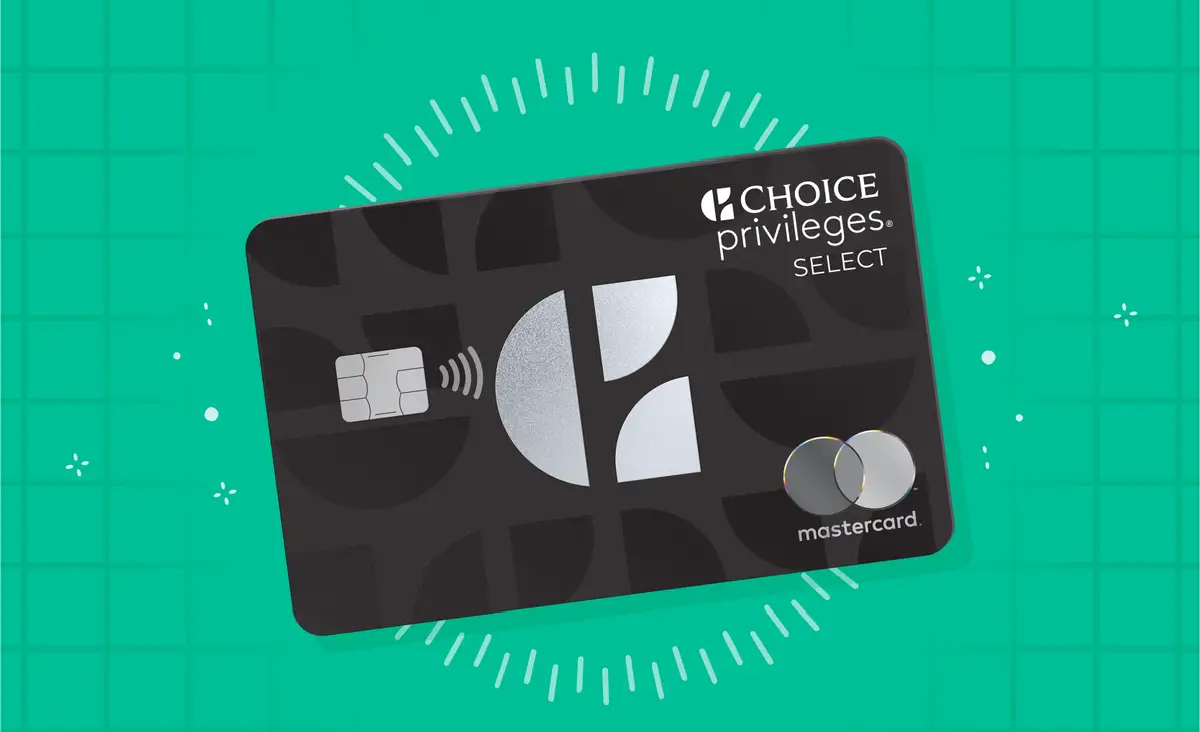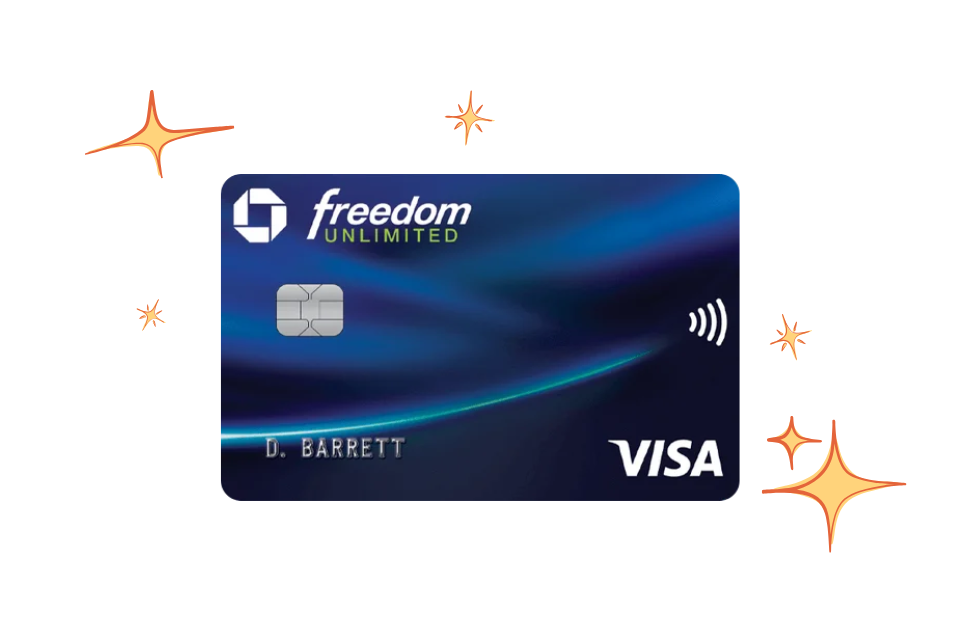Effective Strategies to Pay Off Credit Card Debt and Restore Your Credit

Taking Control of Credit Card Debt
Facing credit card debt can feel like you’re carrying a heavy weight on your shoulders. Many people across the United States find themselves in a similar situation, grappling with increasing credit card balances and stressing over soaring interest rates. However, it is crucial to remember that there are effective strategies at your disposal that can lead you to a more stable financial future. Being proactive and knowledgeable about your financial situation is empowering, and there are concrete steps you can take to regain control.
Assess Your Situation
The first step in tackling credit card debt is to assess your situation. Begin by calculating your total debt, which includes all your credit card balances, any existing loans, and their monthly payments. This will provide you with a clear picture of what you owe. For example, if you have three credit cards with balances of $2,000, $3,500, and $1,500, your total debt amounts to $7,000. By understanding the full scope of your debt, you can create an informed plan to address it.
Create a Budget
The next step is to create a budget. Track your income and expenses to identify where your money goes each month. It’s important to categorize your spending into essentials, like housing and groceries, and non-essentials, such as dining out or subscription services. You might discover that by reducing dining out from four times a month to one and canceling unused subscriptions, you can save $200 each month. Allocating this additional amount toward your debt can hasten your progress in paying it down.
Prioritize Payments
Once you’ve established a budget, focus on prioritizing payments. It’s generally advisable to target the highest interest debts first, known as the avalanche method. For instance, if one of your credit cards has an interest rate of 24% and another has 15%, directing any extra payments to the 24% card will save you more money in interest over time. By reducing the principal on this high-interest card faster, you can decrease the total amount of interest you’ll pay in the long run.
Consider Debt Solutions
If you find yourself struggling to make payments even after implementing these strategies, consider debt solutions. Options such as debt consolidation can simplify your payments by combining multiple debts into a single loan with a lower interest rate. Additionally, speaking with a financial counselor can provide you with tailored guidance and support. These professionals can help create a repayment plan, negotiate with creditors, and develop a more comprehensive financial strategy.
Implementing these strategies not only assists in paying off debt but can also help restore your credit score. Remember that your journey to financial freedom begins with a singular step, and every action you take can lead to a more sustainable life free from the burdens of debt. Stay committed and patient, and soon you will reap the rewards of your efforts.
DISCOVER MORE: Click here to simplify your finances
Taking Control of Credit Card Debt
Facing credit card debt can feel like you’re carrying a heavy weight on your shoulders. Many people across the United States find themselves in a similar situation, grappling with increasing credit card balances and stressing over soaring interest rates. However, it is crucial to remember that there are effective strategies at your disposal that can lead you to a more stable financial future. Being proactive and knowledgeable about your financial situation is empowering, and there are concrete steps you can take to regain control.
Assess Your Situation
The first step in tackling credit card debt is to assess your situation. Begin by calculating your total debt, which includes all your credit card balances, any existing loans, and their monthly payments. This will provide you with a clear picture of what you owe. For example, if you have three credit cards with balances of $2,000, $3,500, and $1,500, your total debt amounts to $7,000. By understanding the full scope of your debt, you can create an informed plan to address it.
Create a Budget
The next step is to create a budget. Track your income and expenses to identify where your money goes each month. It’s important to categorize your spending into essentials, like housing and groceries, and non-essentials, such as dining out or subscription services. You might discover that by reducing dining out from four times a month to one and canceling unused subscriptions, you can save $200 each month. Allocating this additional amount toward your debt can hasten your progress in paying it down.
Prioritize Payments
Once you’ve established a budget, focus on prioritizing payments. It’s generally advisable to target the highest interest debts first, known as the avalanche method. For instance, if one of your credit cards has an interest rate of 24% and another has 15%, directing any extra payments to the 24% card will save you more money in interest over time. By reducing the principal on this high-interest card faster, you can decrease the total amount of interest you’ll pay in the long run.
Consider Debt Solutions
If you find yourself struggling to make payments even after implementing these strategies, consider debt solutions. Options such as debt consolidation can simplify your payments by combining multiple debts into a single loan with a lower interest rate. Additionally, speaking with a financial counselor can provide you with tailored guidance and support. These professionals can help create a repayment plan, negotiate with creditors, and develop a more comprehensive financial strategy.
Implementing these strategies not only assists in paying off debt but can also help restore your credit score. Remember that your journey to financial freedom begins with a singular step, and every action you take can lead to a more sustainable life free from the burdens of debt. Stay committed and patient, and soon you will reap the rewards of your efforts.
DISCOVER MORE: Click here to learn how to apply for a Wells Fargo personal loan
Implementing Practical Steps to Financial Freedom
After assessing your situation, creating a budget, prioritizing payments, and considering debt solutions, the next phase involves implementing practical steps to expedite your journey toward paying off credit card debt. While it may feel overwhelming at times, being organized and systematic can help streamline the process, allowing you to regain control of your finances effectively.
Use the Snowball Method
Another powerful method to pay down debt is the snowball method. This approach involves paying off the smallest debts first, which can provide a psychological boost as you achieve those quick wins. Suppose you have outstanding balances of $200, $600, and $3,000. By focusing your extra payments on the $200 debt, you can eliminate it quickly and then redirect those monthly payments toward the next smallest debt. Not only does this help you feel accomplished, but it also creates momentum to tackle larger debts.
Negotiate Lower Interest Rates
One often overlooked strategy is to negotiate lower interest rates with your credit card issuers. Many creditors are willing to work with you, especially if you have a solid payment history. A simple phone call can sometimes lead to a reduction in your interest rate, which can significantly lower the amount you owe. If you carry a balance of $5,000 at a 20% interest rate and successfully negotiate it down to 15%, this simple act could save you hundreds of dollars over time.
Make Extra Payments
Whenever you can, make extra payments towards your debt. This is especially effective for those with fluctuating incomes. If you receive windfalls, such as a tax refund, a monetary gift, or a bonus at work, seriously consider dedicating a portion, or even all, of that money to pay down your credit card debt. For instance, if you receive a $1,000 tax refund, applying this amount to your highest interest credit card can dramatically decrease both the balance and the interest accrued.
Set Up Automatic Payments
To ensure that you never miss a payment, consider setting up automatic payments. This reduces the risks associated with late fees and additional interest payments, which can compound your debt problem. By aligning your payment schedule with your paycheck deposits, you can simplify the process. Just be cautious to maintain sufficient funds in your account to avoid overdraft fees.
Educate Yourself about Credit Scores
Improving and understanding your credit score is vital. Your credit score influences your ability to secure loans and favorable interest rates in the future. Learn what factors affect your score, such as payment history, credit utilization, and length of credit history. Aim to maintain a credit utilization ratio under 30%, meaning that if your total credit limit is $10,000, try to keep your outstanding balance below $3,000. This strategy can significantly enhance your credit standing over time.
Remember, the journey to financial security is often a marathon, not a sprint. Implementing these practical strategies consistently will set you on a solid path to eliminate credit card debt and restore your credit health, paving the way for a brighter financial future.
DISCOVER MORE: Click here to delve deeper
Conclusion
In conclusion, managing and paying off credit card debt is a journey that requires both determination and effective strategies. By adopting approaches such as the snowball method, negotiating lower interest rates, making extra payments, and setting up automatic payments, you can significantly reduce your debt burden while also simplifying the repayment process. It is essential to educate yourself about your credit score and its components, as understanding these factors will empower you to make more informed financial decisions that promote long-term stability.
As you implement these strategies, remember that consistency is key. Small, regular efforts can lead to substantial progress over time. Celebrate your milestones, no matter how small, as these can boost your motivation and commitment to achieving financial freedom. Moreover, consider seeking guidance from a financial advisor if you feel overwhelmed or uncertain about your next steps. By taking a proactive stance and using these practical tools, you will not only pay off your credit card debt but also restore your credit standing, ensuring a brighter and more secure financial future. Ultimately, achieving financial health is not just about eliminating debt, but also about fostering a positive relationship with your finances that empowers you for years to come.


